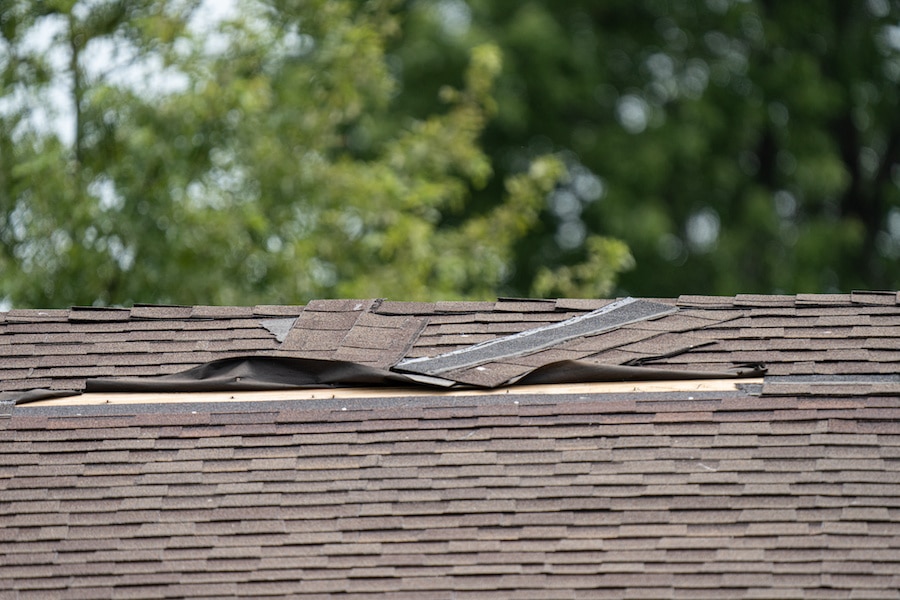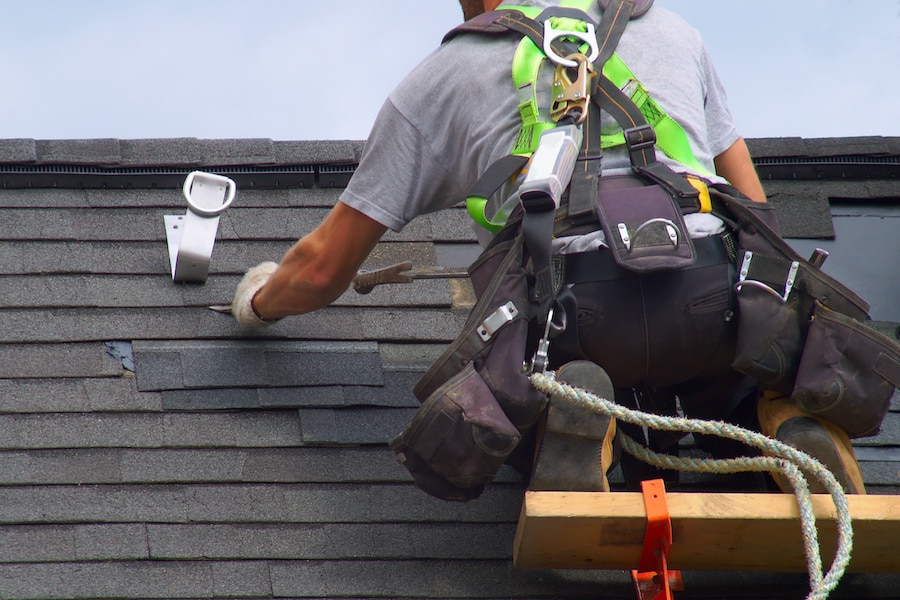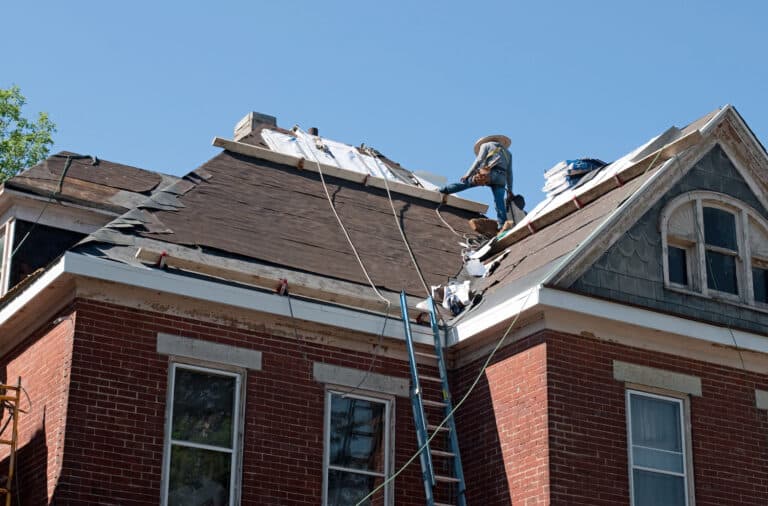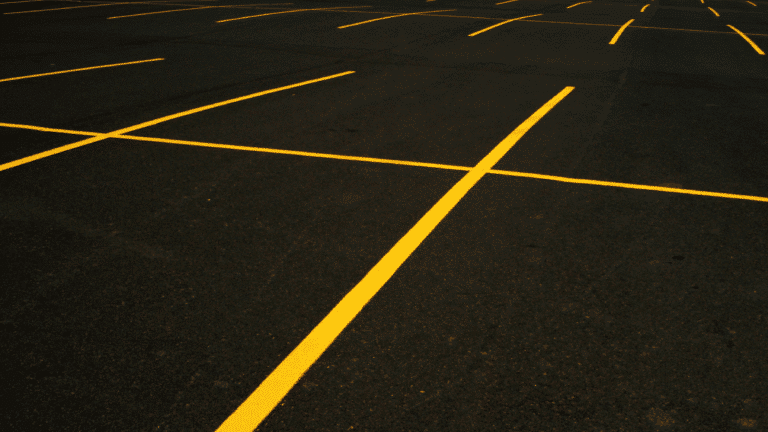Roof Layover vs. Full Replacement: Why You Should Never Do a Layover
A roof layover is when a professional or homeowner lays new shingles over the existing shingles without removing the old materials.
Homeowners may choose to do this for many reasons, whether due to financial concerns, a quick-fix job to make the house look better on the market, or the foundation of the house is already strong.
For those who choose to use existing roofing material instead of a complete roof replacement, there can be many pros and cons to using this method.
However, in the grand scheme of things, a layer of shingles can cause structural and safety issues that are NEVER worth the cost savings.
One of the only times anyone should choose to do a roof overlay is if the entire roof underneath is strong enough to withstand a few more years without question.
Homeowners should have their roofing checked by a professional contractor before making this decision, as this can affect the lifespan of their home. Choosing a roof overlay instead of a replacement can lead to mold growth, leaks, and inclement weather damage.
Despite the risks involved, there are times when a layover is feasible.
When Should You Choose A Roof Layover?
There are a few scenarios in which a person would choose a roof overlay.
However, homeowners must be aware of signs and warning hazards that can make a roof layover unadvisable for safety reasons.
No Shield
One of the main reasons to get a replacement instead of a roof overlay is to ensure you can guard effectively against ice and water runoff. Replacing the entire roofing material ensures that any hidden water and secondary leaks can avoid getting into the home. When using a roof layover the secondary leaks or hidden leaks can sit under an old layer.
Roof Collapse
The second reason to avoid a roof overlay is if there might be structural problems with the roof. In this case, placing a roof layer over damaged shingles can cause a potential for excess strain on the existing roof.
Lower Lifespan
Simply covering damage on the top layer of your house is not durable. Although it is a cheaper alternative, adding layers of shingles to other shingles can lead to an unstable roof decking and structure, and may promote the loss of the layover shingles.
Pros And Cons Of Doing A Roof Layover

Just like anything in the home improvement business, there are positives and drawbacks to the method you choose. In the case of a roof layover, it can depend on the extent of the damage, roofing materials, and budget to see what is best for the homeowner.
Cons Of A Roof Layover
Instead of doing an overlay roof and adding a second layer, check out why that is not a good idea for most homeowners.
Warranty
When a new layer of shingles is placed on top of the older layer, the installers and inspectors will not be able to survey the roof’s structural integrity. Nor can they detect faults and damage in the roof deck. This places additional risk in the process and may prevent a professional roofing company from giving you a full warranty.
Shortens the Lifespan
The second drawback of adding multiple layers instead of getting a roof replacement is that it can make the roof less durable and long-lasting. It is a temporary solution that may affect your home’s resale value.
Can’t Find Leaks
The third reason it may not be favorable to add an extra layer to create two layers of shingles is that it can be hard to find existing leaks in the material or the shingles.
Added Weight
Another potential drawback of choosing a roof overlay with new shingles instead of a replacement is that it can add unnecessary height and weight, placing more strain on the structure.
Hidden Fees
The last drawback of using a roof layover instead of a replacement are hidden fees that can sneak up on the owner after time has passed. Although it may be cheaper upfront, the roof layover can lead to more repairs and extensive damage as time goes on.
Pros Of A Roof Layover

Are there any positives to having more than one layer on your roof?
Less Money Upfront
One of the main reasons homeowners choose a roof overlay is because it is less costly upfront. This quick-fix may make their home market-ready in less time.
Less Cleanup
The other reason a homeowner may choose a roof layover is that it is less messy and requires less cleanup time than a complete replacement.
Why You Should Choose A Roof Replacement
So, who should use the new roof replacement method instead of a roof layover?
Let’s see the perks of a complete tear and why this is the safest option for all homeowners.
Durability
A completely new roof and the highest quality materials are much longer-lasting and durable to withstand tough climate conditions, elements, leaks, and mold than old shingles.
Maintenance
A new roof doesn’t require frequent check-ups and inspections like an overlay roof. In this case, the maintenance fees and appraised value for roofing contractors will be less money over time than the temporary and quick fix of a layover.
Higher Resale Value
Lastly, using a new roof can help your house sell for more money on the market when you decide to move out of your beloved home.
Conclusion
As you can see, a total replacement offers better protection, lower labor costs, and prevents future roofing problems by installing a brand new roof. Instead of just adding an existing layer over an old roof, all new materials will increase the home’s resale value and keep your home in good shape.
After a free roof inspection of the synthetic roof underlayment, homeowners can purchase new roofing materials, analyze the roof’s structure, and remove the existing roof. Along with being a strong selling point, a roof tear can help homeowners get rid of their worn-out roof safely and utilize new roofing materials.





